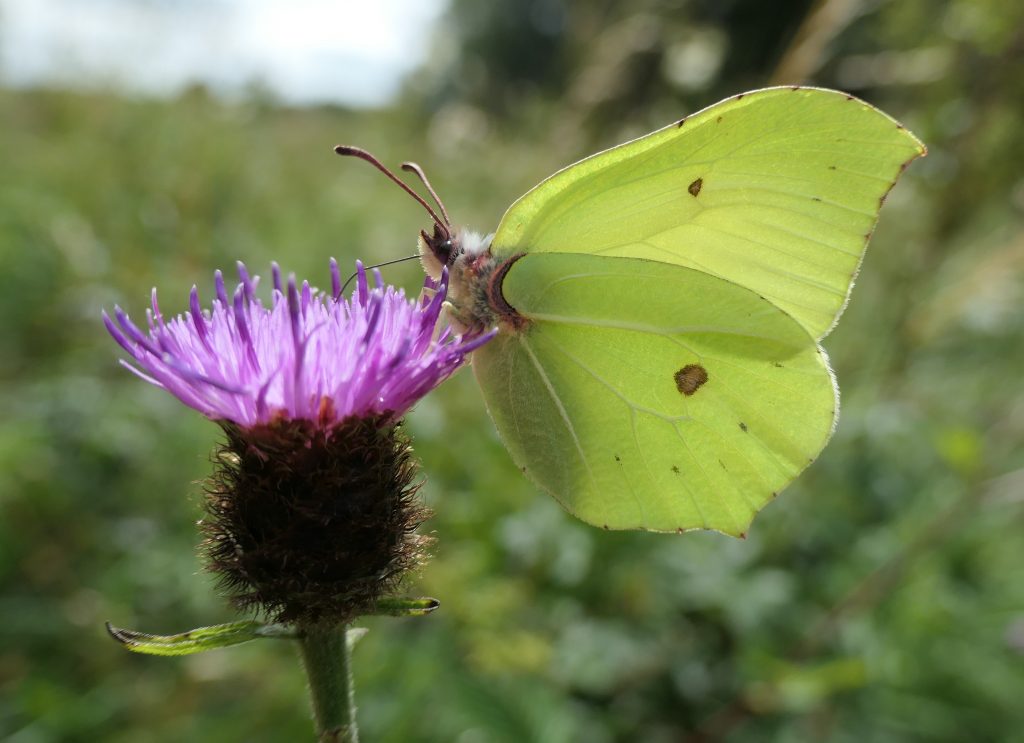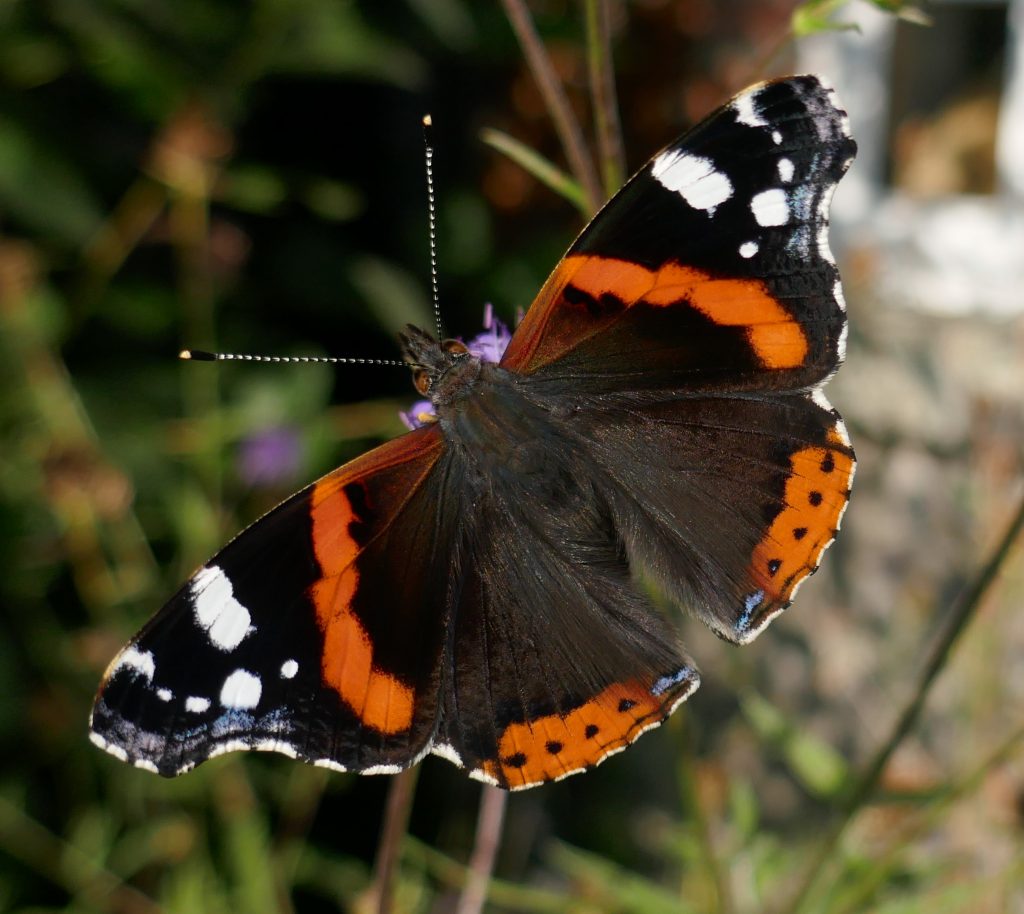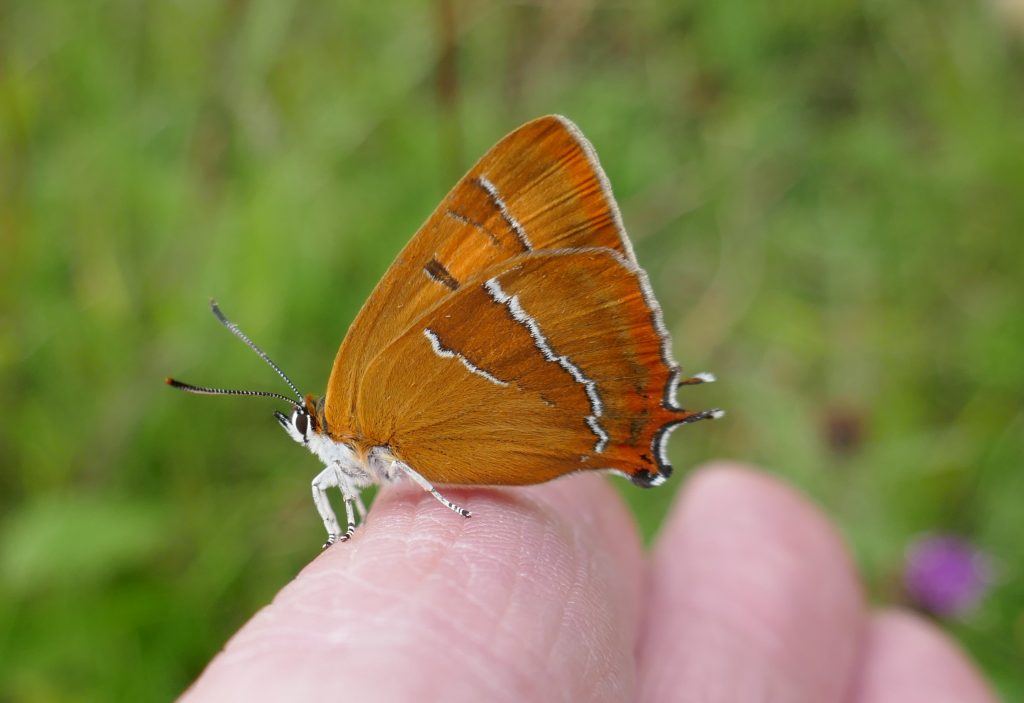
Then Jesus said to his disciples: “Therefore I tell you, do not worry about your life, what you will eat; or about your body, what you will wear. For life is more than food, and the body more than clothes. Consider the ravens: They do not sow or reap, they have no storeroom or barn; yet God feeds them. And how much more valuable you are than birds! Who of you by worrying can add a single hour to your life? Since you cannot do this very little thing, why do you worry about the rest? “Consider how the wildflowers grow. They do not labour or spin. Yet I tell you, not even Solomon in all his splendour was dressed like one of these. If that is how God clothes the grass of the field, which is here today, and tomorrow is thrown into the fire, how much more will he clothe you—you of little faith! And do not set your heart on what you will eat or drink; do not worry about it. For the pagan world runs after all such things, and your Father knows that you need them. But seek his kingdom, and these things will be given to you as well.
(Luke 12:22–31)
During a sermon based on this reading last Sunday, the minister referenced butterflies. Immediately I focussed on the sermon. Striving for material success, wealth and fame was likened to butterfly hunting. Butterfly hunting was referenced as a shallow, empty, purposeless activity. I bristled. My fellow congregants know my propinquity to the world of butterflies.
This is the first time I heard of butterflies signifying vacuity although The Bible mentions moths as a corrupting force, symbolising the futility of a life lived for gain:
Lay not up for yourselves treasures upon earth, where moth and rust doth corrupt, and where thieves break through and steal:
But lay up for yourselves treasures in heaven, where neither moth nor rust doth corrupt, and where thieves do not break through nor steal:
For where your treasure is, there will your heart be also.
(Matthew 6:19-21)
This stimulated me to ponder the metaphorical references to butterflies. How do we view butterflies?
Are they just the objects of admiration for the shallow, or do they reflect the positive values of those who love them and the butterflies themselves?
The ITV dramatization of P.G. Wodehouse’s Cheeves and Wooster novels contains this exchange:
Roderick Spode: Because he’s a butterfly, who toys with women’s hearts and throws them aside like soiled gloves!
Bertie Wooster: Do butterflies do that?
In this exchange, butterflies are shallowly attractive, meretriciously compelling but ultimately deceitful. Nothing of integrity lies beneath the beguiling beauty of a butterfly. So far we have butterflies aligned with emptiness, greed, materialism and dishonesty. Not a pretty picture, despite their beauty.
Nothing so sweet can be wholesome. Yet butterflies have been deployed as symbols of spiritual living. In Maria van Oosterwijck’s Vanitas Still Life (1668) a Red Admiral is perched on a page accompanied by objects that appear to have little connection. Beneath the somewhat faded butterfly is a piece of paper with a handwritten quote from the Old Testament’s Book of Job: “Man born of woman is of few days and full of trouble” – a passage that goes on to say, “He springs up like a flower and withers away; like a fleeting shadow, he does not endure.” It sounds bleak, but it is intended to liberate us from our addiction to luxuries. All the objects in the image show the passing of time (such as the timer and skull) and the ultimate futility of worldly possessions. The Red Admiral reinforces the theme; it will not live long, and its colours are already fading. The painting is a warning.

Some species carry particular significance. The Celts saw white butterflies as the souls of dead people. In Scotland, the small tortoiseshell was known as the witch’s butterfly. I don’t know why they thought negatively about a butterfly loved elsewhere.
The complexity of the symbolic associations created around butterflies is interesting in that it shows our suspicion of beauty. Beauty cannot be trusted. It often conceals ugly realities. In the poem Butterflies Rosita Boland writes about landmines in Bosnia “Decorated with butterflies”. Children who touch them become “winged in the act/Gaudy and ephemeral.”
The sinister practice of targeting innocence is powerfully underscored using the butterfly metaphor. Reaching out for the butterflies, the children become butterflies. The terror is stark, especially with the use of beautiful imagery to convey ugly reality.
Other references are more positive. In his remarkable portrait of trench warfare on the western front (1914-1918) Erich Remarque writes about beautiful Brimstone butterflies fluttering around a muddy trench, a sight that lifts the soul of the soldiers after the horrors of the most recent battle. Interestingly, there are no trees or shrubs nearby. The Brimstone habitat has been destroyed by artillery fire.
While the conflict raged, British troops saw butterflies they knew from home only as extreme rarities, like the Camberwell Beauty and Common Swallowtail. These gave joy amid the horror, a juxtaposition that hopefully offered some relief.
Dipping into the ancient world of Greece, one wonders why a society stocked with great thinkers and writers is almost devoid of even passing references to butterflies. Homer (date of life unknown), Hesiod (c. 750-650 BC) and Plato (428/427-348 BC) have no recorded mention of butterflies although Aristotle does; in 340 BC, he described the metamorphosis of the butterfly from caterpillar to adult butterfly. This silence is at odds with the ancient Greek curiosity and interest in the world in general. Peter Marren (2019) wonders if the Greeks saw the butterfly as trivia. Important things were the subjects of literature. Butterflies didn’t matter. They are beautiful but essentially useless. I have often been asked, “What do they do?” Implicit is the idea that they do nothing and or they mean nothing unless they do something for humans. Geoffrey Chaucer is blunt in his view of their uselessness.
In The Canterbury’s Tales, the host asks the monk to tell another tale:
Sir Monk, no more of this, so God you bless!
Your tale annoys the entire company;
Such talking is not worth a butterfly;
For in it is no sport nor any game.
(The Canterbury’s Tales: The Nun’s Priest’s Prologue lines 14-39: The Host asks the Monk to tell another tale )
Shakespeare is not complimentary either. In King Lear, after Cordelia’s forces are defeated and she and her father King Lear are imprisoned, Lear comforts her:
Lear: No, no, no, no! Come, let’s away to prison: We two alone will sing like birds i’ the cage: When thou dost ask me blessing, I’ll kneel down, And ask of thee forgiveness: so we’ll live, And pray, and sing, and tell old tales, and laugh At gilded butterflies, and hear poor rogues Talk of court news;
(King Lear Act 5, Sc 3, 1-4)
Butterflies are fake; the characters Lear alludes to are the hypocrites in the royal court.

William Wordsworth (1770-1850) was far more positive. He sees the butterfly as a reminder of his younger self and “My father’s family”:
Stay near me – do not take thy flight!
A little longer stay in sight!
Much converse do I find in thee,
Historian of my infancy!
Float near me; do not yet depart!
Dead times revive in thee:
(To a Butterfly lines 1-7)
The second verse is a dip into the past when he and his sister “Emmeline and ITogether chased the butterfly!” He hunted the butterfly with vigour and Emmeline, his gentle sister, was careful not to damage its delicate wings. Wordsworth does not evoke any larger interpretive vision of butterflies. They matter to him because they stir memories of his past.
It is interesting to note that Wordsworth lived in England when butterflies were regarded as wonderful, objects of desire and as species worthy of serious study. Attitudes were changing. People invested their time and money in acquiring specimens and breeding and studying butterflies.
Today butterflies hold a firm position as representing the condition of the natural world. We know they are important indicators of the health of our broader environment. They are less often viewed simply as beautiful but essentially useless; our knowledge of ecology and the key role butterflies play in ecosystems means they are taken seriously. They show the effects of climate change, land use change, the use of chemicals in farming and atmospheric pollution. They indicate when our environment is improving or degrading. In essence, they teach us about ourselves, just as Wordsworth described in 1807.

